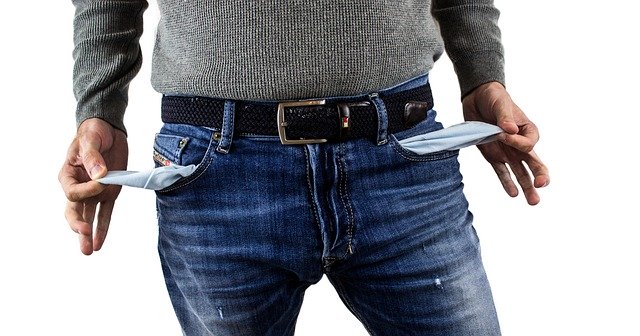Most people think that declaring bankruptcy will help release all of their debts. But unfortunately, this is not the case because you cannot eliminate some of them.
Bankruptcy is like a second chance the law provides to people or companies that cannot pay their debts. Although it sounds easy and beneficial, you should consider the consequences that can affect you later.
Below we will explain the most frequent types of bankruptcy, what types of debts you can eliminate with them, and what alternatives you should consider before making a decision.
Types of bankruptcy
Bankruptcy processes help people that have incurred debt but also have the intention of paying them. Given this, there are several types:
Chapter 7
It is the most frequent type of bankruptcy and the preferred one for cases in which the debtor does not have many properties. The debtor keeps all the assets considered legally exempt (according to the state laws), and the rest become controlled by an administrator who will proceed to sell them to pay creditors in an order previously established by law.
Chapter 11
Companies usually request this kind of bankruptcy, although individuals can also apply for it if the debt exceeds the same limits as in Chapter 13.
Chapter 12
This type of bankruptcy applies to family farms or fisheries.
Chapter 13
Chapter 13 mentions that people can pay all or part of the debt through a payment plan for 3 to 5 years if they have a regular income.
They have to present this plan to the court when declaring bankruptcy, and then a judge will approve it.
When making the request, there are certain limits: for unsecured debts, the amount must be less than $394,725 and for secured debts less than $1,184,200.
Debts discharged in bankruptcy
In Chapter 7 debts are discharged between three and six months after you declare bankruptcy, this means that no one can sue you and you’re not responsible for the payment since it will be controlled by an administrator.
In Chapter 13, debts are discharged when you complete the payment plan, which can be extended for three to five years. Once this time is over, the rest of the outstanding debt is removed, and you’re no longer responsible.
After applying for any of these chapters, the following debts will be automatically discharged:
- Credit cards.
- Personal loans.
- Contracts.
- Medical bills.
- Debts from lawsuits in which the debtor is the defendant.
- Most debts are originating from car accidents.
Debts forgiven in bankruptcy only in chapter 13:
- Debts by divorce settlement.
- Loans accepted to pay a tax debt.
- Loans that were taken out of a pension plan.
- All debts that were not forgiven in a previous bankruptcy filing.
Debts not discharged in bankruptcy
- Child support and alimony.
- Fines from having committed a criminal act.
- Almost all unpaid tax debts.
- Anything that is owed for causing injury or death while driving under the influence of alcohol.
- In the case of student loans, they must get paid unless the debtor convinces the court that he really cannot.
Exempt assets
During the process, some exempt assets cannot be included in a bankruptcy, but this can vary according to the state.
Click here to locate yours and verify which ones apply for this category.

READ ALSO: How to put a lien in a property
Disadvantages
- You may have additional expenses, especially if you use the services of an attorney. However, if you don’t have enough money to pay for it, the United States Court provides information about free services (scroll down to the end of the page).

- Every bankruptcy is considered a public registry, which means that anyone can have access to this information, and know the amounts of debt and your creditors.
- Your credit score will be negatively affected, and this can reduce your employment opportunities in the future.
- If you gave a property or money to your family or friends in the last year, they might be required to return it.
- Bankruptcy can remain on your credit report for up to 10 years.
Alternatives to bankruptcy
If you’re going to declare bankruptcy, you need to understand that this is not an easy way to solve your debt problems, so it is better that you consider other alternatives before such as:
- Reaching an out-of-court settlement with creditors.
- Negotiate a payment reduction with creditors.
- Seek help through an approved credit counseling agency or a specialized attorney.
- Sell some of your properties to pay off the debt.
- Obtain loans using your properties as a guarantee to pay the debt.
Bankruptcy in the United States
- Individuals, couples, and companies can declare bankruptcy.
- Anyone can file for bankruptcy regardless of their immigration status.
- In the US, there are four types of bankruptcies: Chapters 7, 11, 12, 13, each with its requirements and consequences.
- The list of exempt assets can vary from state to state.

